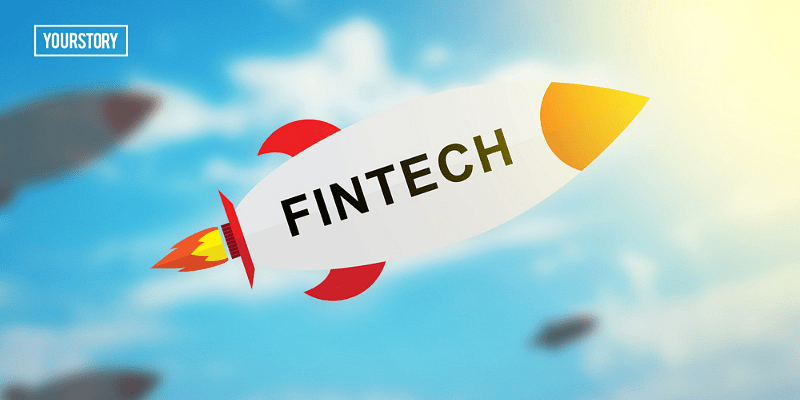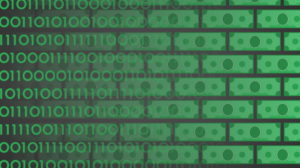Fintech has been at the centre stage of the rapid economic transformation in India over the last six years. Companies have leveraged innovative technologies to overcome geographic boundaries to connect individuals with financial services. For a country like India that has been heavily dependent on long, elaborate, and physically challenging processes, fintechs have significantly simplified the lives of customers.
COVID-19 has accelerated demand for contactless finance
India is now the fastest-growing fintech market and the third-largest fintech ecosystem in the world. Rapid penetration of the internet and smartphones, an influential demographic of millennials, ‘India Stack’ and strategic collaborations between fintech firms and banks have contributed to this trend. The pandemic has been a turning point for greater adoption of digital lending, insurance, micro-services, and more.
Going forward, consumers and businesses are expected to set new goals and practices for spending, investing, and saving. With an increased emphasis on efficient, cost-effective, and democratised solutions, these fintech trends will change the ball game of financial services in India.
Buy now pay later
The pandemic has also accelerated the growth of the digital payments industry. Of the many payment modes, BNPL is gathering a lot of steam.
Buy Now Pay Later (BNPL), where big-ticket purchases can be broken down into smaller low-cost or no-cost EMIs, is popular among millennials and Gen Z. This is a young, tech-savvy and non-carded population. They value fast-paced and seamless experiences but are card-averse. India today has approximately 100 million online shoppers of which approximately 25-30 million have credit cards. This makes BNPL the most exciting product that can revolutionise how online shopping is experienced.
Other factors that have facilitated the rise of BNPL are job losses and salary cuts during the pandemic. BNPL increases the affordability of essential purchases, while bringing aspirational buys within reach.
FinTech innovations have brought BNPL to many businesses, which were thus far dependant on card and cash-based payments. This means they can improve cash flows, sales, and business growth.
Several edtech firms, travel sites, and food delivery apps have tied up with digital lending platforms to facilitate credit availability at checkout.
What we are looking at is the creation of an entire digital lending ecosystem, which will help bring formal credit access to people without credit histories. In a country where lack of credit disallows people from pursuing many aspirations, such platforms will be a boon.
However, it is important that as this product grows, lenders be transparent with borrowers on rate of interest and charges. It is imperative that this new generation of shoppers is able to build confidence in new and innovative financial products.
Co-origination of loans
Co-origination of loans involves banks and NBFCs entering into partnerships with fintechs to jointly finance loans and share credit risks. The RBI has advocated this model as a solution to address the credit gap in the priority sector.
Several financial institutions are currently engaged in co-origination partnerships to finance the priority sector. Many institutions have also adopted co-lending practices to finance small ticket consumer loans. The RBI mandates mutual sharing of risks and rewards between co-lenders, with one co-lender retaining a minimum share of 20 percent of the credit risk in their books till maturity.
Leveraging this model, banks have collaborated with fintech platforms to assess the creditworthiness of customers who have for long been invisible to formal banking systems. These fintech platforms are using advanced algorithms to access and analyse data from disparate sources to widen the umbrella of borrower eligibility.
In the absence of credit history, these platforms are relying on alternative data sources such as utility bill payments, rental and cell phone bill payments, social media profiles, purchase histories, bank account transaction histories, etc., for a holistic view of an individual’s ability to repay loans.
In contrast to traditional systems, fintech products don’t involve lengthy processes or collateral, enabling simplified access to credit for salaried and self-employed individuals.
Fintechs, with continued liquidity support from banks, are enabling broader reach, powerful analytical capabilities, easy procedures, and consumer-friendly lending terms. Over the next few years, this finance model will become the backbone of the banking sector.
Insuretech – tailored insurance products
The young generation is acutely aware of the importance of insurance. Their changing lifestyles and diverse interests are driving the demand for specialised products. While big players are investing in digital channels and enabling hassle-free insurance applications online, fintech companies are stepping up to create bespoke products for niche segments.
The partnership between big insurance companies and fintech firms has the potential to enable the distribution of bite-sized insurance products. New technologies like AI and machine learning are enabling predictive underwriting, better customer services and claims management.
Personal finance management
Personal finance apps can help people track and analyse their income and expenditure. These apps not only provide insights into where and how people spend, but also categorise them, providing the user with granular visibility into budget management.
Moreover, many platforms are offering bundled products. Based on their data, users can access on-demand credit options with customised EMI tenures.
Conclusion
Fintechs are keeping a pulse on consumer financial behaviour. This is helping them offer tech-driven, intuitive money-management solutions to digitally savvy end users, which is perpetuating a digital revolution in the financial world.
(Disclaimer: The views and opinions expressed in this article are those of the author and do not necessarily reflect the views of YS.)




![Read more about the article [Funding alert] Consumer tech clear aligner brand Toothsi raises $40M in Series C round](https://blog.digitalsevaa.com/wp-content/uploads/2022/05/ImageTaggingPooja29-1651469362192-300x150.jpg)




